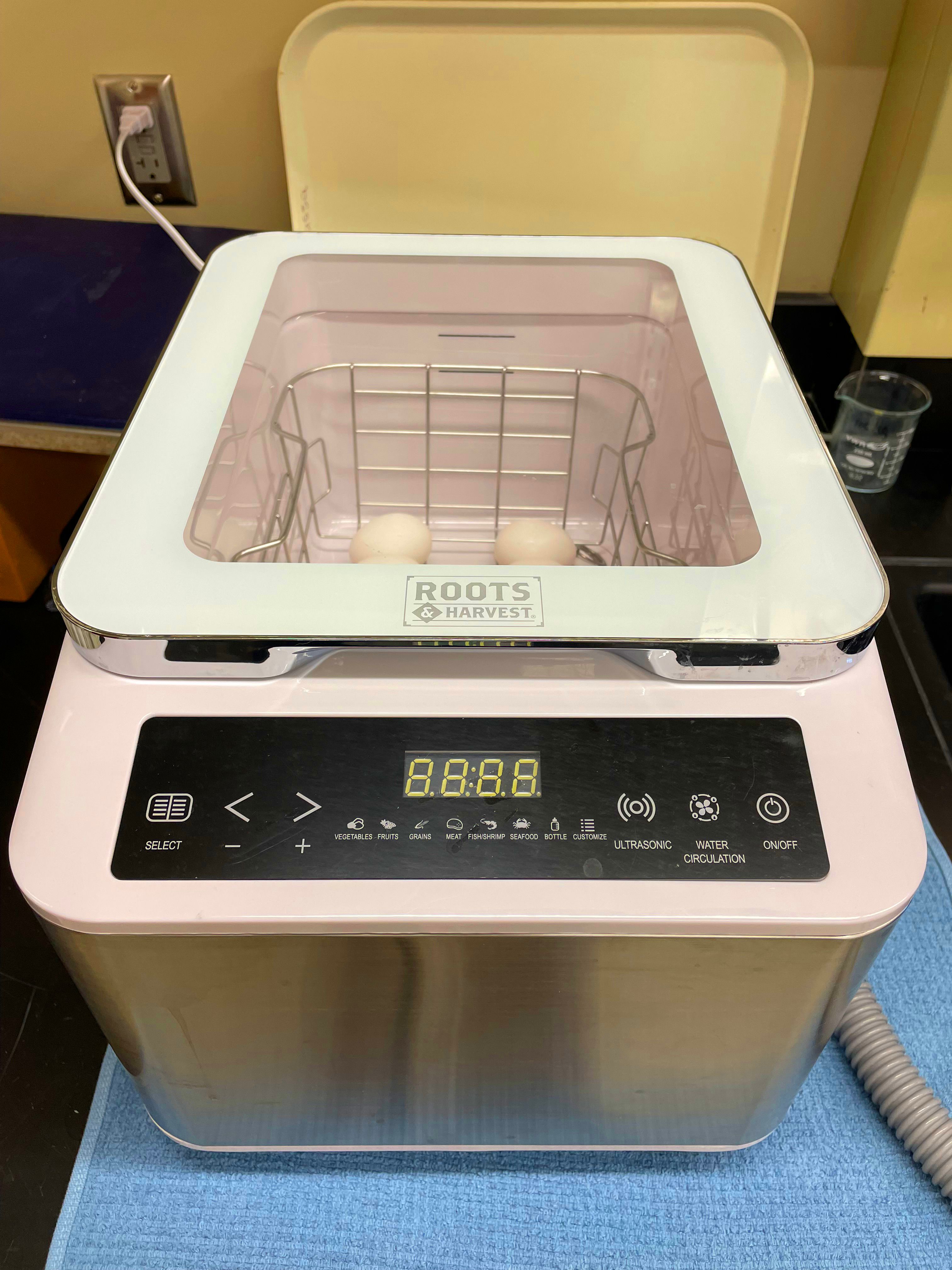From Coop to Classroom
Feathered Lessons That Hatch Curiosity


Chickens aren’t just barnyard animals, they’re also feathered science, math and art teachers!
From the awe-inspiring moment of a hatching egg to the daily care of a flock, chickens offer students an unforgettable hands-on learning experience.
Whether you’re a teacher or a homeschool parent, these five mini lessons are designed to spark curiosity in your students and offer a real-world, practical experience.
Geared toward elementary and middle school students (but easily adapted for any age), this article is structured as a full-circle chicken curriculum. Start at the top and work your way down from the egg to adult hen.
How to Store Fresh Eggs
Subjects: Science and Practical Skills
Teach students that when an egg is laid, a protective barrier forms on the eggshell called the “bloom.” This invisible layer prevents bacteria from entering the egg, keeping it fresh longer. When washed, however, the bloom is rinsed away, and the egg must be refrigerated at that point.
It’s important to note that:
- Unwashed eggs can be stored on the kitchen counter for about two weeks.
- Washed eggs must be stored in the refrigerator and can last up to three months.
- To keep them fresh longer, store eggs with the pointy side down.
Include a lesson on testing an egg for freshness. Here’s how:
1. Give each child a cup of water and a fresh or old chicken egg — hand out a good mix of fresh and old eggs for demonstration.
2. Instruct them to gently lower the egg into the water and take note of what happens.
If the egg drops to the bottom of the cup and lays on its side, it’s fresh. If it tips slightly upward, it’s about one month old. If it floats just below the surface, it’s three to four months old. If it rises to the top, the egg has gone bad.
Egg Incubation & Observation Journal
Subjects: Science and Writing
Set up an incubator with newly laid fertilized eggs. Let the students observe the incubation process over the course of 20 to 21 days. Provide them with a journal and pen to write down and draw what they notice over this time period.
Below are a few daily observation prompt ideas:
- What changes do you observe in the egg today compared to yesterday?
- What sounds do you hear coming from the incubator?
- Draw or describe the embryo as it appears today.
You may also consider having students create a timeline of the chick’s development in their journals.
Discuss the importance of proper temperature and humidity in the incubator, noting how it mimics that of a mother hen.
After they hatch, teach students how to gently hold baby chicks. Allow them to interact with the chicks daily, helping to feed, water and clean up after them.
Chicken Coop Design Project
Subjects: STEM and Art
As you wait for the chicks to hatch, have students design and build their own chicken coop models.
Start by asking them to sketch their coop on paper, including measurements and a detailed layout. Then, provide them with basic materials such as blocks, cardboard and popsicle sticks so they can construct a small replica based on their blueprint.
At a minimum, each design must consider the following:
- Proper ventilation
- Space per chicken
- Nesting boxes
- Roosting bars
- Stationary vs. mobile coop
- Predator protection
- Chicken run (if applicable)
Feed the Flock
Subjects: Science and Math
Educate students on the nutritional needs of chickens. Cover the different lifecycles — chick to pullet to adult — and what to feed them at each stage.
In this lesson include:
- Types of feed such as fermented feed, grains, crumble and pellets.
- The type of feed needed at each life stage — chicks, pullets and adults.
- Supplemental feed such as grit, mealworms and scratch.
- The importance of calcium in the chicken’s diet.
- Other considerations such as vitamins and minerals.
- And, of course, plenty of fresh water.
Also consider sharing information about kitchen food scraps. Introduce options that are safe for chickens such as fruits, oats and herbs. Also include what not to feed chickens such as avocado, tomatoes, potatoes and moldy or old foods.
After the lesson, task the students with researching and creating their own feed mix. Have them compare costs and observe which mix a flock of chickens prefers.
Create a Chicken Care Guide
Subjects: Art, Writing and Research
Now that your students have learned about the housing and nutritional needs of chickens, have them research and compile a “How to Raise a Chicken” guide.
This guide should include illustrations and sections for detailed information and how-tos. Students should include:
- How to choose your chickens: Research different breeds and include a diagram or chart. Each breed should have an illustration and include information on egg production and color, if they’re ideal for meat production, temperament and hot or cold hardiness.
- Housing: Learn how to house chickens properly so that they are secure. Include information on space, roosting, nesting boxes, ventilation, predator proofing and cleaning schedules.
- Feed and watering: Study types of feed, supplemental feed, treats and water.
- Chicken health: Explore and address chicken hygiene, parasites and diseases, veterinary care, handling and socialization needs.
- Care schedule: Write down daily, weekly and monthly care tasks.
Together, these lessons give students practical skills and a clear understanding of what it takes to raise and care for chickens, turning the classroom into a place of real-world learning.
Tags:Plain Talk

Chicken Whisperer is part of the Catalyst Communications Network publication family.











